1. Ladybugs
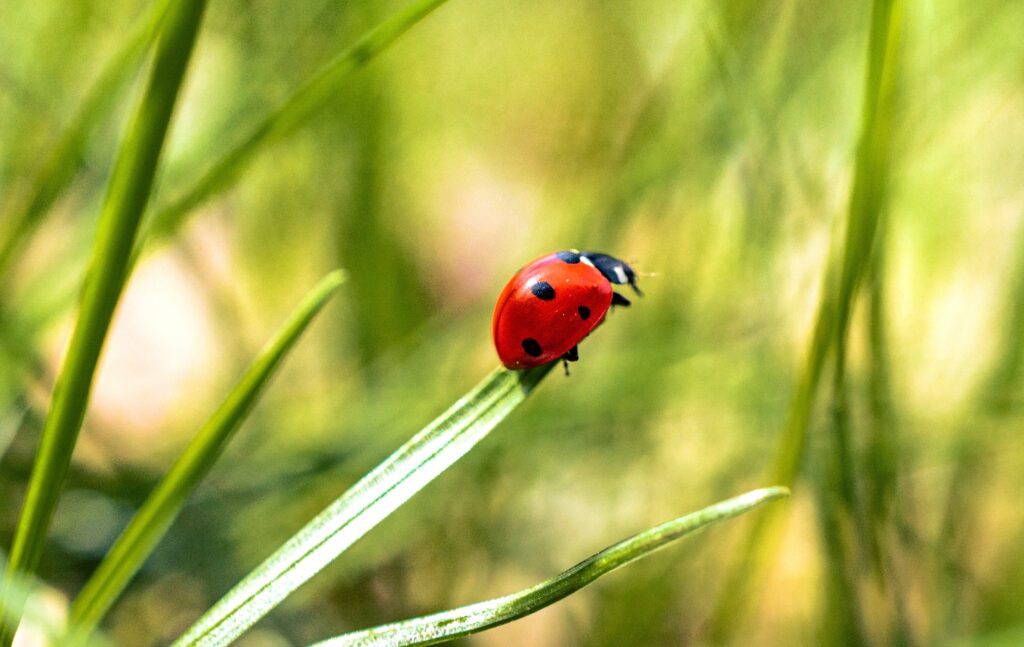
Ladybugs aren’t just lucky—they’re fierce pest killers. One ladybug can eat up to 5,000 aphids, along with mealybugs and spider mites. Their bright colors warn predators they taste awful, and their toughness makes them ideal for gardens and farms. Organic growers even buy them in bulk as natural pest control. Their larvae, though less cute, are just as hungry. Spot yellow-orange eggs on leaves? That’s the next generation. Whether you grow roses or tomatoes, ladybugs are the garden guests you’ll want to keep.
Source: UKY Entomology
2. Hoverflies
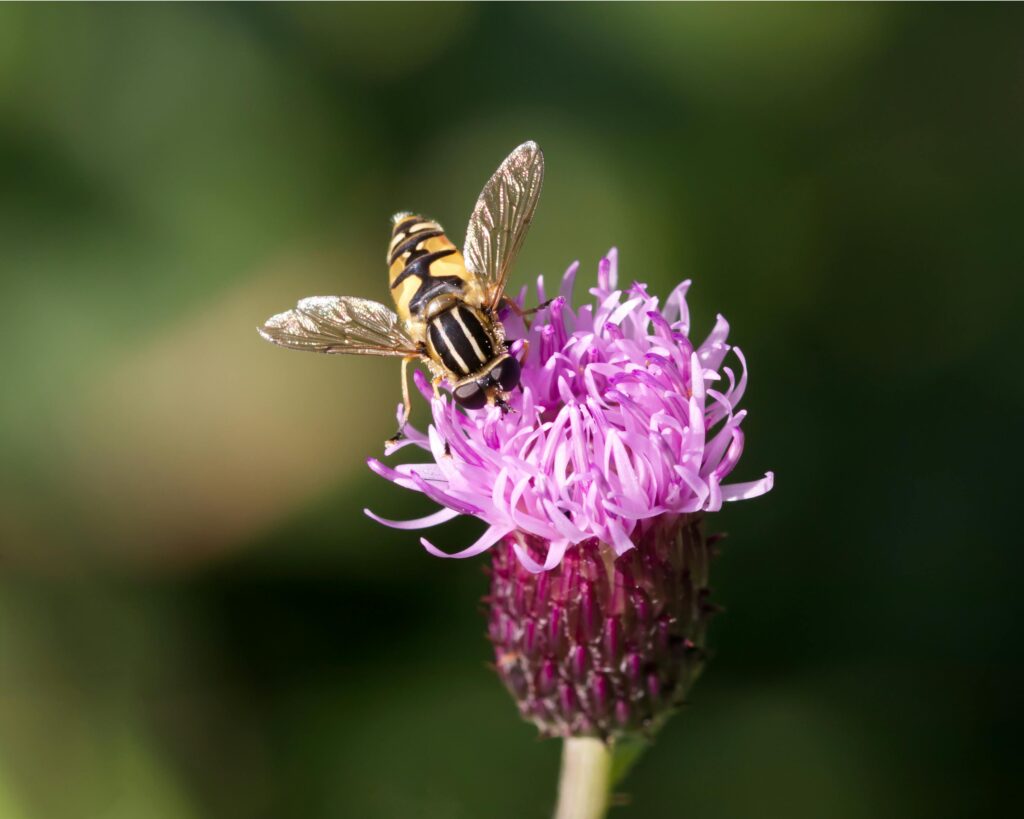
Hoverflies may look like wasps, but they don’t sting, bite, or buzz aggressively. These harmless insects are top-tier pollinators, with larvae that eat aphids and adults that spread pollen as they sip nectar. Researchers say hoverflies handle up to a third of pollination in some crops, especially when bees are inactive. They fly in rain, hover with precision, and visit tight garden spots. To attract them, plant dill, yarrow, or marigolds. Safe around kids and pets, hoverflies are quiet garden helpers. If you spot one hovering nearby, let it get to work.
Source: University of Bristol
3. Green Lacewings
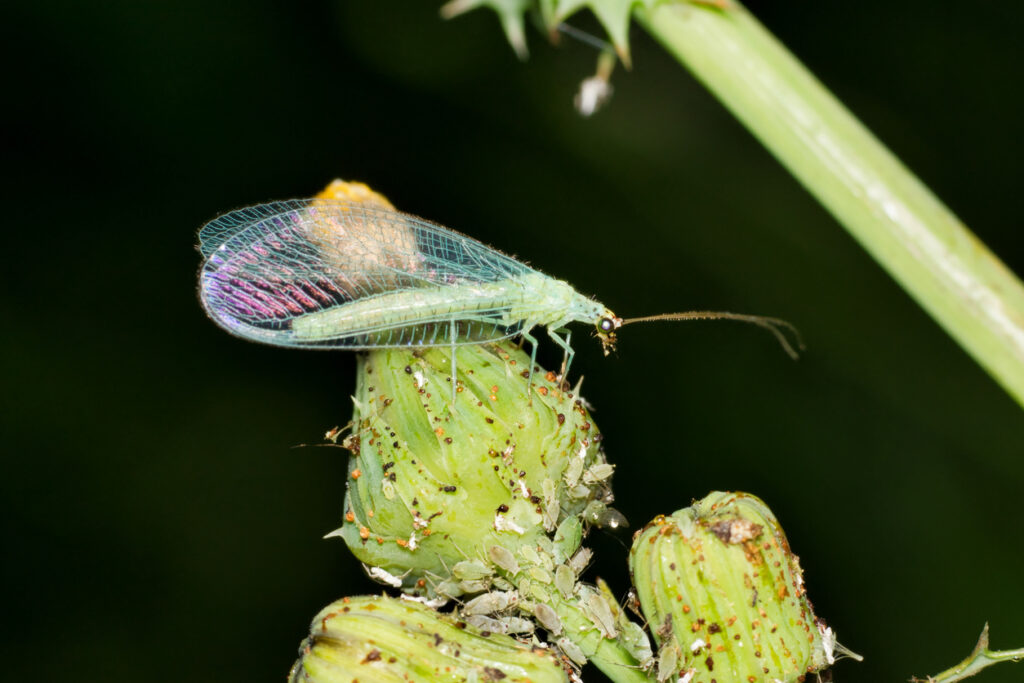
Delicate green lacewings may look fragile, but their larvae—nicknamed “aphid lions”—are fierce pest hunters. With strong jaws, they devour aphids, whiteflies, thrips, and mites by the hundreds. Adults feed on nectar and help pollinate while laying eggs for the next predator wave. Gardeners and organic farmers often release lacewings as a safe, natural alternative to pesticides. Especially useful in spring, they tackle pests early without leaving toxic residue. You might not see them working, but your plants will feel the difference.
Source: University of California Agriculture and Natural Resources
4. Dung Beetles
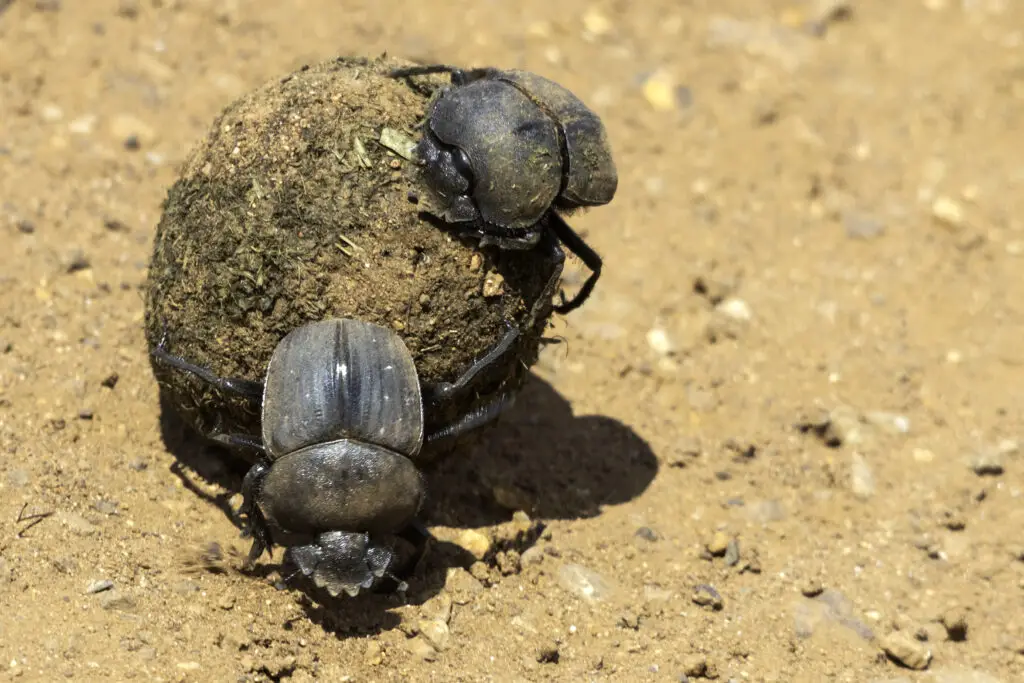
Dung beetles are nature’s cleanup crew, rolling, burying, and eating animal waste to recycle nutrients and improve soil health. One beetle can bury over 250 times its weight in dung overnight, boosting plant growth and reducing pests. Some species even craft and roll dung balls across the ground like tiny landscapers. Farmers benefit too. In Australia, introduced dung beetles have saved millions in pest control. In wild habitats, they help control disease and enrich the soil. Quiet and unseen, dung beetles keep ecosystems cleaner and healthier for everyone.
Source: CSIRO (Commonwealth Scientific and Industrial Research Organisation)
5. Praying Mantises
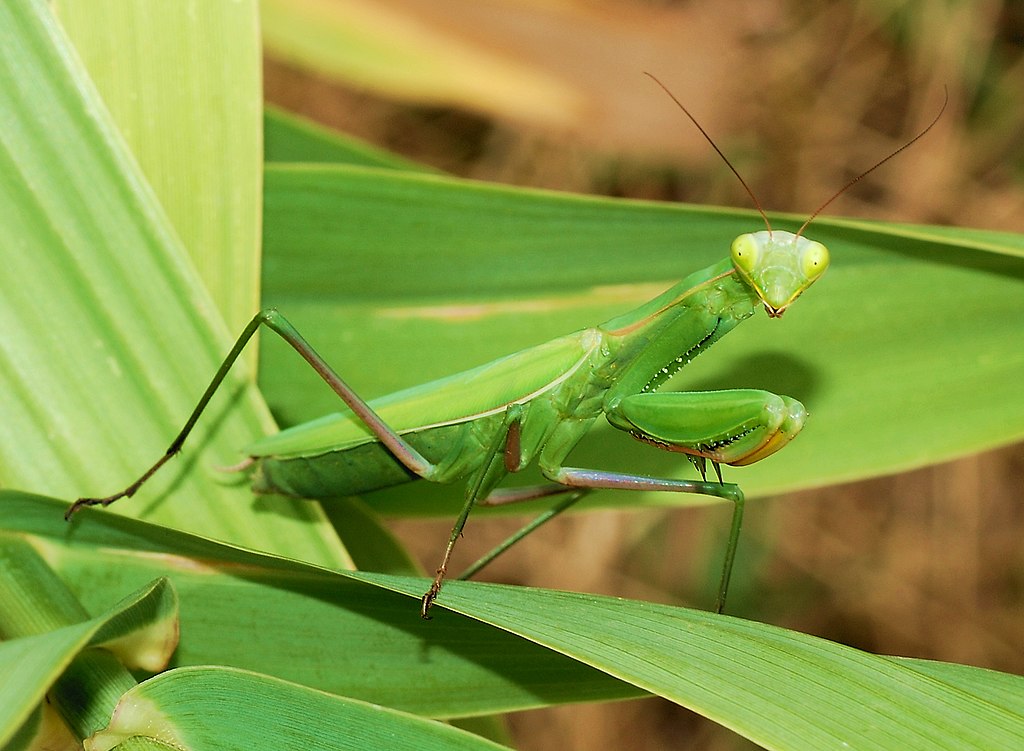
Praying mantises are stealthy insect hunters with bulging eyes, spiked forelegs, and lightning-fast reflexes. They feed on flies, mosquitoes, moths, and even small lizards, using camouflage to ambush prey. In gardens, they help control pests without chemicals. Gardeners sometimes release mantises to maintain balance, though their broad appetite means they’re best in biodiverse areas. Their egg cases, or oothecae, can be bought and hatched at home. Strange and alien-like, mantises are silent, efficient protectors of green spaces.
Source: Smithsonian National Museum of Natural History
6. Fireflies

Fireflies are more than just summer charm. Their glow comes from bioluminescence, used to attract mates, but the same enzymes have helped scientists advance medical imaging and cancer research. As larvae, fireflies live in soil and feast on slugs and insect pests. They also serve as ecosystem indicators. Their numbers drop in areas with pesticides, light pollution, or habitat loss. Spotting fireflies in your yard is a sign of a healthy environment. To support them, plant native species, reduce lawn chemicals, and dim outdoor lights. Their glow is beautiful—and biologically important.
Source: Firefly Conservation & Research at Tufts University
7. Dragonflies
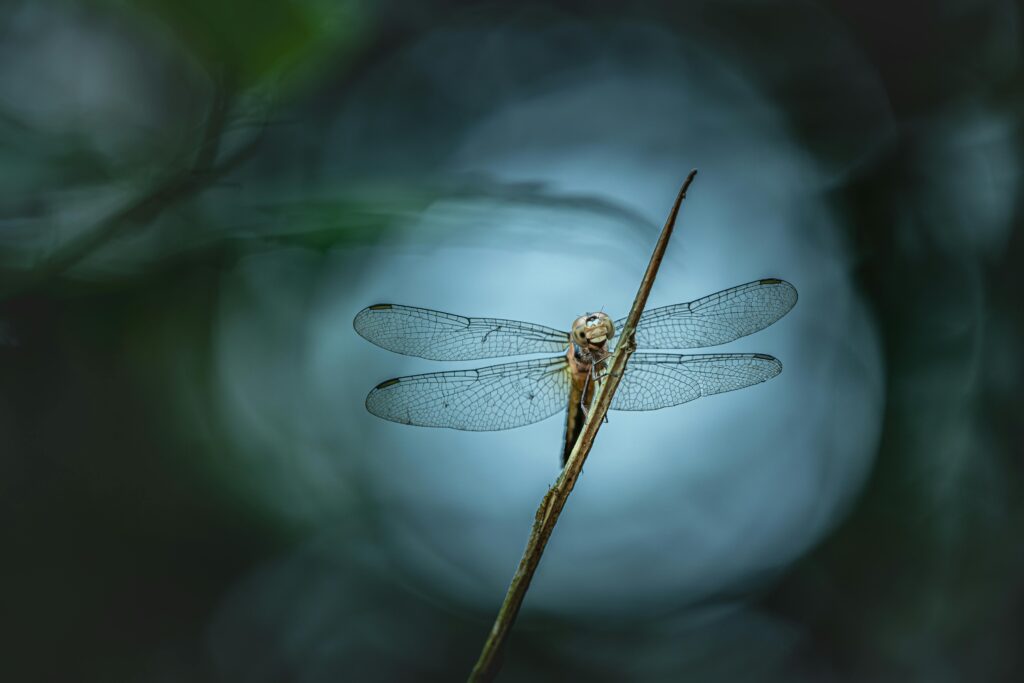
Dragonflies are ancient fliers, capable of hovering, flying backward, and reaching speeds up to 35 mph. But their top skill is mosquito control. One dragonfly can eat hundreds of mosquitoes daily, and their aquatic nymphs devour mosquito larvae, tadpoles, and even small fish. Dragonflies also signal healthy ecosystems, often used to monitor water quality. Their shimmering wings and agile flight make them garden favorites. To attract them, plant native vegetation near water and avoid chemical sprays. Fewer mosquitoes and better biodiversity? That’s what happens when a living fossil patrols your backyard.
Source: Smithsonian Environmental Research Center
8. Soldier Beetles
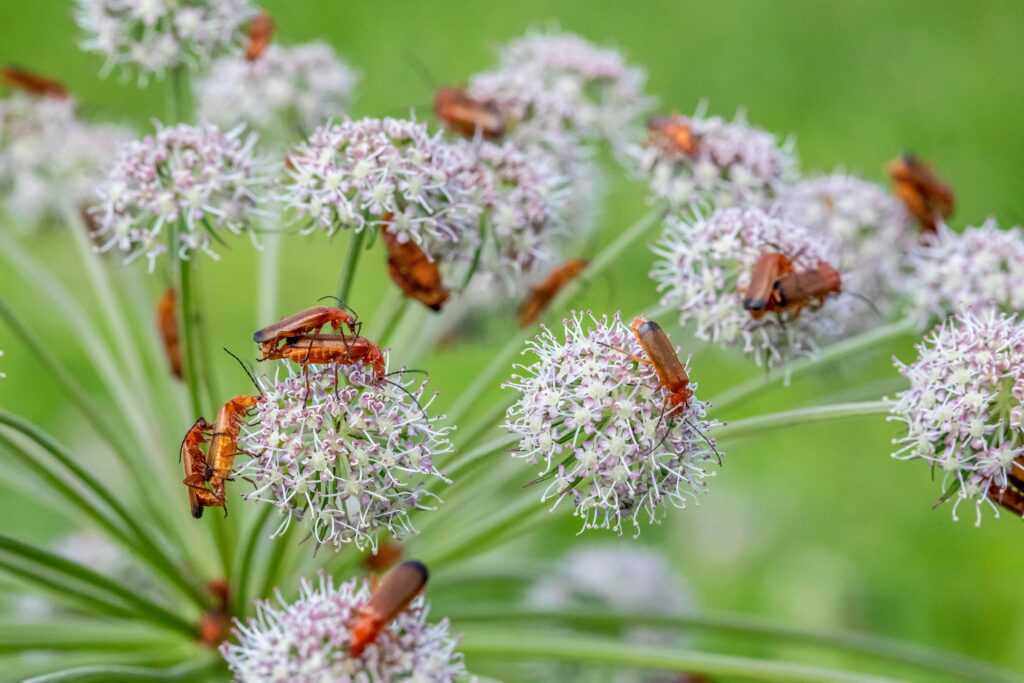
Soldier beetles may look like fireflies, but they’re gentle garden allies. Their larvae live in soil and leaf litter, hunting pests like aphids and caterpillars. Adults feed on nectar and pollen, helping with pollination while keeping insect numbers in check. They appear later in summer, just when plants need extra help. Attract them by planting flowers like goldenrod, marigolds, or milkweed. Hardy and adaptable, soldier beetles are low-maintenance, effective partners in organic gardening. Their name sounds fierce, but these quiet helpers are all about protecting your plants naturally.
Source: University of Wisconsin-Madison Extension
9. Bees (Yes, Even the Solitary Ones)
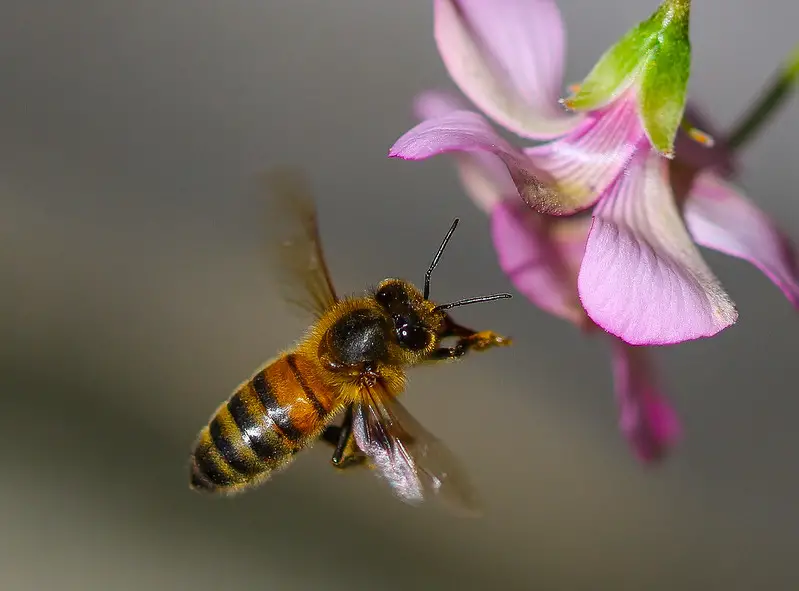
Solitary bees like mason, leafcutter, and sweat bees don’t make honey or live in hives, but they’re powerhouse pollinators—up to 120 times more effective than honeybees per visit. Mason bees use mud to seal nests and can pollinate thousands of flowers daily. They’re gentle, rarely sting, and emerge early in spring to help jumpstart plants. Unlike hive bees, they need only small bee houses or quiet spaces to nest. Supporting these quiet workers boosts blooms, crops, and biodiversity—making them perfect for backyards and urban gardens alike.
Source: Xerces Society for Invertebrate Conservation
10. Parasitic Wasps

Parasitic wasps may sound creepy, but they’re powerful allies in pest control. These tiny insects lay eggs on or inside pests like aphids and caterpillars. The larvae feed on their hosts, killing them in the process. It’s a natural, targeted method used even in large-scale farming to cut pesticide use. Despite their gruesome strategy, parasitic wasps don’t sting or harm humans or pets. You can attract them by planting herbs like dill, fennel, and cilantro. They’re silent, precise, and incredibly effective at keeping garden pests in check.
Source: University of Florida Institute of Food and Agricultural Sciences (UF/IFAS)
11. Ants
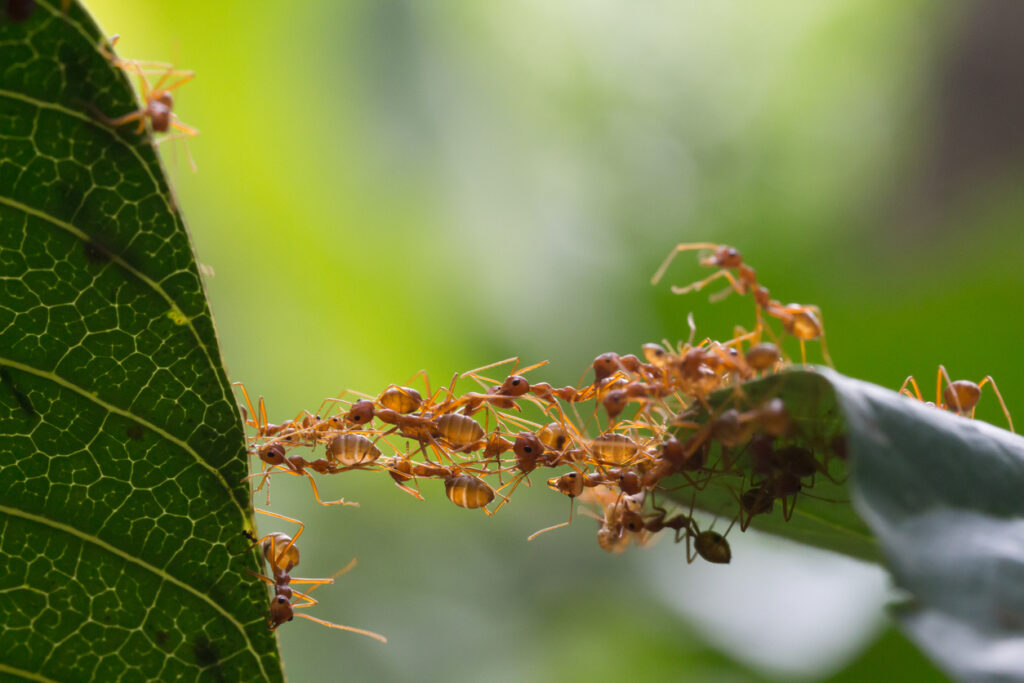
Ants may raid picnics and pantries, but outdoors they’re essential ecosystem engineers. Their tunneling aerates soil, improving drainage and root health. Some, like harvester ants, even help disperse seeds. Ants also control pests by feeding on insect eggs and larvae. In places like cocoa farms, they’re used as natural pest control instead of pesticides. Though a nuisance indoors, ants play a big role in supporting biodiversity and soil health outside. Before grabbing the ant spray, consider what these tiny builders are doing for your garden.
Source: Smithsonian Magazine – Ants as Natural Pest Control
Maybe Don’t Squish That Next Bug
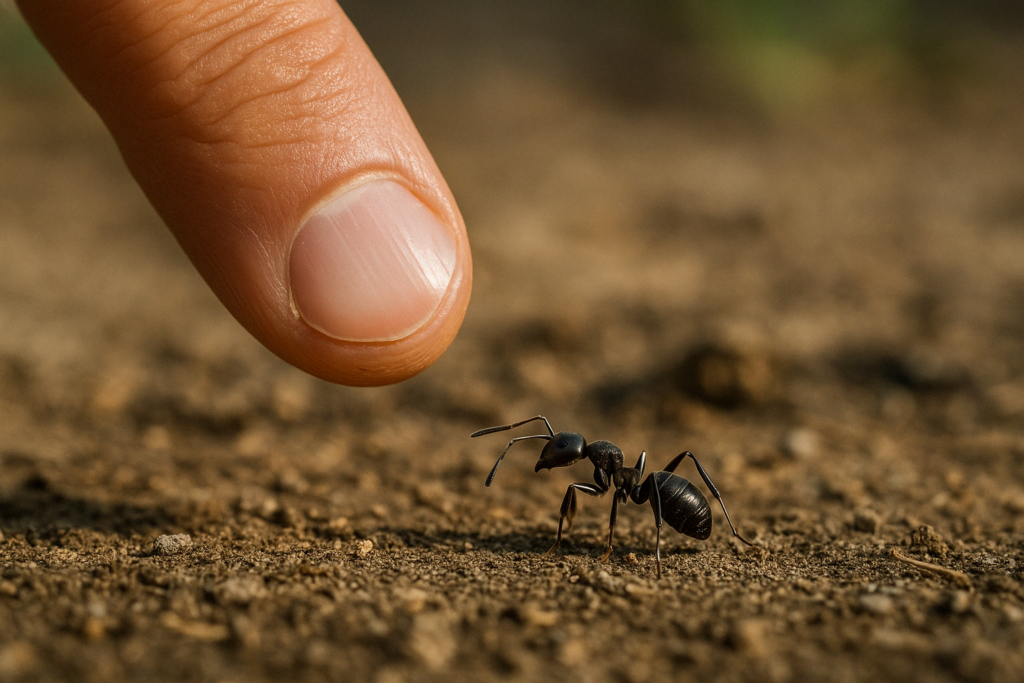
Not every insect is a pest. Many work behind the scenes—pollinating plants, protecting veggies, enriching soil, and fueling ecosystems. Some of the creepiest crawlers perform environmental miracles we barely notice until they’re gone. So next time you spot a bug in your yard or kitchen, pause before panicking. It might be a pollinator or a pest-fighting ally. Insects aren’t always pretty, but they’re essential. With curiosity, respect, and a lighter touch, your garden—and mindset—can become a haven instead of a battleground.
If you liked this story, please give us a thumbs-up so we know to write more stories like this. If you didn’t like it, if we’ve missed anything, or if you would like to pitch your own story ideas to Fetch, please let us know in the comments or email Michael Gitter at mgitter@gmail.com


